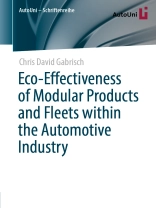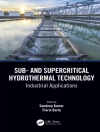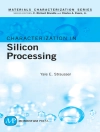The automotive industry is facing the challenge of reducing its environmental impact to comply with stricter fleet emission regulations. Still, an OEM’s contribution to the targets of the Paris Agreement must consider the entire life cycle of a vehicle, surpassing the targets of the current legislations which focusses on the use stage only. This work presents a concept that identifies the ideal configuration of a modular product system like a vehicle to meet a limited environmental impact at the lowest life cycle costs along the entire life cycle. This optimization is based on the ideal combination of modular product components which are selected by an algorithm based on graph theory.
Tabela de Conteúdo
Introduction.- Theoretical background and technical overview.- State of research and identification of the research gap.- Concept for the optimization of eco-effectiveness of product systems.- Prototypical implementation and application of the methodology.- Application of the optimization approach to a case study of the automotive industry.- Summary, critical appraisal and outlook.
Sobre o autor
About the author
Chris Gabrisch is currently working in the field of HV battery recycling within the automotive industry.












